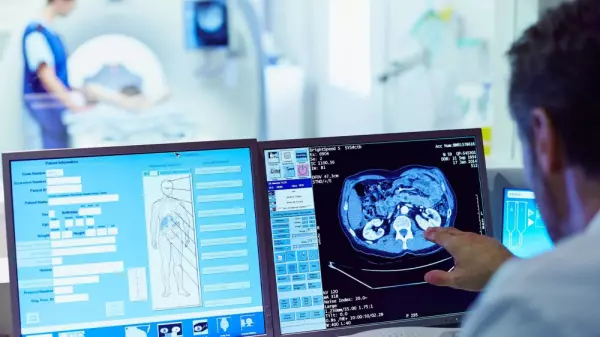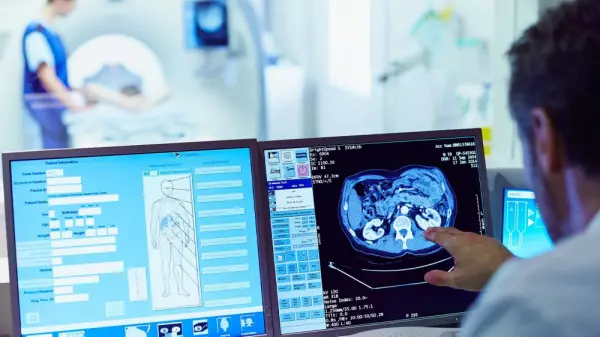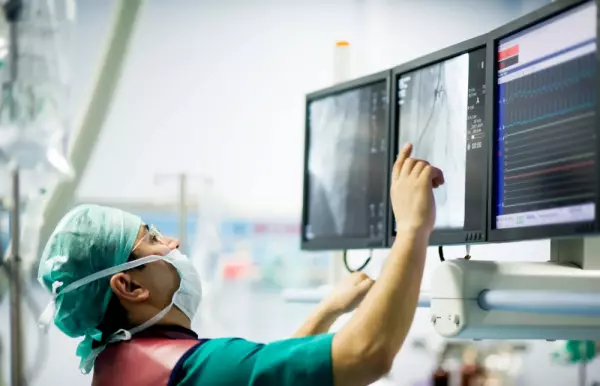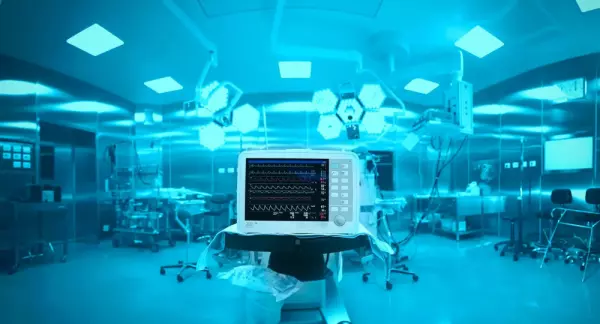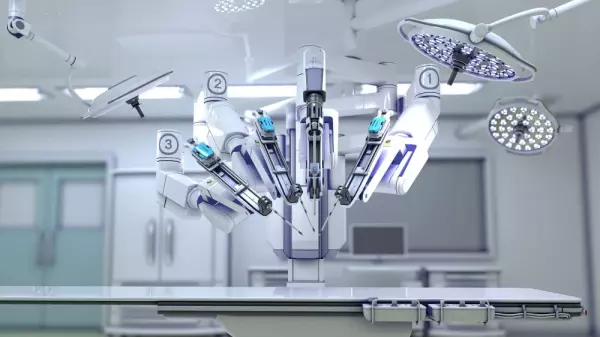
User experience design (UxD) is vital to medical devices - a device lacking usability could prove fatal. Find out how UxD can be built into software development.
User experience design (UxD) has been applied in some industries for a very long time, especially in sectors like transportation and e-commerce. However, elsewhere, it has been seen as an expense.
User experience design (UxD)has been applied in various industries for a very long time, especially in sectors liketransportationandecommerce. However, elsewhere, it has been seen as a cost. That was the case in themedical devices industry. Traditionally, the focus has been on fulfilling the device’s purpose and getting it to market faster.
Many manufacturers now know that user experience is not something to be underestimated and are taking steps to strengthen their focus on it, embracingUxDand feedback-driven processes to deliver safer and more effective products.
The dangers of underestimating UX
Bad UX, for most, means something like a frustrating tab that won’t go away while browsing an app or website, which is typically nothing major, resulting in an eye-roll or an impatient screen tap. However, a poorly thought-out user experience can have quite a different impact when it comes to critical systems, including medical devices. User experience in this instance is part of a much more vital web of systems and, here, badUxDcan literally be a matter of life or death.
For example, Jenny was a young cancer patient struggling with her disease for quite a long time when she started taking new medication at a hospital. This new treatment was so aggressive that she required pre- and post-hydration cycles for three days through intravenous fluids. The nurses looking after Jenny were responsible for entering the information into a corresponding software application. Sadly, however, the nurses missed critical information about Jenny’s three-day hydration requirements on the app’s interface. Jenny died of toxicity and dehydration the day after her treatment. The experienced nurses made this critical error because they were too distracted trying to understand the app’s interface. The analysis found that the interface, overloaded with information, made it difficult to extract useful insights. The colour choices for different elements of the interface were not the most appropriate and drew attention to irrelevant parts of the app. Even worse, some critical information was not visible on the app’s main interface at all.
The above example shows us one of the problems that could arise through poor planning ofUxD. In Jenny’s case, specialists overestimated human cognitive abilities. The information overload in the app’s interface did not allow the nurses to focus on what was crucial, and the system buried vital information, hence leading to a tragic outcome for Jenny.
UX at the heart of medical device software development
Developing software responsible for the treatment and, potentially, the lives of patients is a significant challenge. As we have seen before, design issues can result in devastating consequences. This meansUxDneeds to be part of device development from an early stage. It’s easy to understand how taking these steps as early as possible can mean devices are less error-prone in the long-run. By addressing the real requirements of medical professionals and patients,UxDenhances usability and ensures manufacturers avoid unsafe and inefficient products that are difficult to use.
Effective UX not only improves safety but can also be a compelling selling point, decreasing the chance of device recalls and therefore protecting manufacturers’ reputation and avoiding damaging revenue losses.
Still, many manufacturers look atUxDas an added extra or a nice-to-have which ultimately delays and complicates the software development process. However, contrary to popular belief, incorporatingUxDfrom an early stage decreases development times, better defines priorities and allows for adjustments to be made early in the process, avoiding redesigns of the product at later stages.
If creating safer, more efficient and profitable products is not reason enough to includeUxDat the very heart of product development, regulation could well do the trick.

All eyes on UX
Regulators are not indifferent to the impact that poor user experience can have on patient safety and also to the fact that more and more medical professionals and patients seek devices which mimic the kind of experience they enjoy with their personal devices.
Naturally, authorities have developed regulatory frameworks when it comes to the UX of medical devices, including guidance documents from the US Food and Drug Administration (FDA), the upcoming Medical Devices Regulation (MDR) in the EU and the International Electrotechnical Commission (IEC) 62366-1 standard.
MDR’s General Safety and Performance Requirements state that a manufacturer should eliminate or reduce risks that are related to error use, implementing measurements that take account of the intended purpose, users and environmental conditions. Each device’s technical documentation should include information associated with usability activities, user feedback and any post-market surveillance follow-up.
The FDA have chosen a different approach; they have yet to create a standard, but rather have formulated a guide including lists of requirements, regulations and activities that should be taken into consideration to ensure the error-free usability of medical devices.
Finally, the IEC 62366 standard focuses on medical device usability by outlining and describing the device development process, incorporating activities such as validation and the testing of user interface design.
How Critical approaches medical device usability
Many of the highest-profile and most expensive system failures involve the poor anticipation of how users respond to, understand, and use the system in question. We cannot look at device operations and only consider their hardware and software aspects – we must also consider the users who form part of the overall system. Medical device development must include assessing how people use critical systems to reduce operational errors, ensure safety and security, and optimise performance.
Understanding a design problem in its various facets and creating a valid and effective solution is a wide-ranging and potentially daunting task. At Critical, we make this happen through discovery workshops which leverage design-thinking techniques. This process includes specifying goals and anti-goals, meaning that we not only plan the things we want to incorporate into the design of a system, but we also organise the things we should avoid. We know that systems are often made up not only of hardware and software, but also the people who actually use them. Complex critical systems need to be built with usability in mind and, therefore, account for the use environment with a 360º contextual approach to design. What’s more, the realities of human cognitive abilities must be accounted for in order to avoid overloading users with information during critical processes and procedures.
To the original article




